Where to Start? Here’s How to Prepare for Localization
CLEAR WORDS
TRANSLATIONS
All News
October 19, 2017 |
Where to Start? Here’s How to Prepare for Localization
The internet has opened infinite possibilities for companies wanting to go global. Anyone with a smartphone and a connection can reach customers from all over the world effectively, using localization.
With one click, we can now buy shoes from the US, while lying in bed in Hong Kong or lazing in a coffee shop in Paris. Two thirds of European internet users made at least one purchase in 2016. While on the other side of the world, in Asia, the ecommerce market is set to reach $1.4 trillion by 2020.
As much as 75 percent of all internet users in Asia, Europe and South America prefer buying from websites in their native languages. With effective localization and an optimized website, you can sell almost anywhere and get a significant advantage over your competitors.
But trying to reach global audiences without localization is a grave mistake, as is believing that localization can be tagged on as an afterthought. You must prepare for it right from the beginning, to make sure you get the most out of your investment.
Find the Right Countries to Localize for
Around three billion people use the internet every day. Almost half of them come from Asia, 21 percent are American and 19 percent are European. That’s a huge market, with a wide range of buyers, speaking over 200 languages with various customs and traditions.
Translating your website into as many languages as possible without a precise strategy won’t help you connect with these people, nor will it make them buy. Localization services can be expensive, if you’re on a limited budget, so you need to come up with a strategy if you’re looking boost your web localization ROI.
Operating in the international market means knowing what to sell and to whom, based on marketing research. So, the first step when preparing for localization is finding the right target countries to launch your products.
Learn as Much as You Can About Your Future Audience
Start with your analytics. They’ll tell you where most foreign visitors come from and how interested they are in what you sell. Countries where people already know your brand are a good starting point to grow your international presence.
Yet, a high interest in your product alone doesn’t mean you’ll get a large market share. You need an investment analysis and detailed market research before starting the localization process.
Check these major factors before placing any new country on your localization map:
- Potential of the local market
- Purchasing power of your possible customers
- Local buying habits
- Possibility of providing high quality customer support
- Transportation costs
- Number of competitors and their size
- Local laws and regulations (local partners, taxes, customer rights, cybersecurity, data privacy, etc.)
A large number of potential customers is certainly appealing, but it’s not enough to guarantee you consistent growth. India, for example, is the second largest online market and the number of internet users will grow until 2022. But are your products adapted for the Indian market and its needs? Such a complex public may not be the right place to start your global localization adventure.
Remember that sometimes, even the best localization efforts have failed to overcome cultural differences. Even giants like McDonald’s had to close their stores in some countries.
Put the Right Team Together
Once you’ve identified the best countries to localize for, you need to build a strong localization team. This requires programmers, translators, linguists, marketing specialists and legal advisors to help you go through this complex process.
Website localization is not just about plain content translation. You must customize your services to meet the expectations of a new public. Besides the new language, you need to adapt to a new set of rules every time you operate in a local market.
Each member of your team is essential for the success of your localization project. Programmers cure the code and the interface. Translators and linguists come up with the best version of your content for the target language. And digital marketing specialists optimize it for SEO and SERP, to ensure your products and message get noticed.
No machine can substitute human translation, so don’t feel tempted to cut corners here. It may feel like cutting costs, but you’ll end up paying more to fix errors in the future. You need an accurate translation to connect with your foreign audience. People prefer websites that speak their language, not some stilted or weak version of it, full of spelling errors and grammar mistakes.
Details are important, so make room for local experts in your localization team. They know the public, their buying habits and their expectations. Furthermore, local marketing specialists can keep an eye on competitors better than you can. This will help you plan ahead and improve your local image.
Name a Localization Manager
Whether you decide to manage the localization process yourself or hire an expert, make sure your team knows who’s in charge.
The manager knows how to prepare for localization and makes sure all steps are followed in the correct order. He or she maintains a consistent workflow and helps the team respect milestones. You’ll have permanent updates and a clear image about how the process is moving forward.
The manager keeps the costs of localization services under control, avoiding overspending through missed deadlines and communication errors. He or she sets clear goals and identifies the objectives for each of the stages involved in the localization project.
Prepare Your Website for New Versions
This is what technicians call internationalization, and it allows your original website to be translated into any language you want through the right coding.
Make sure your programmers use Unicode (UTF-8), the only language that supports any character in all alphabets. Even if you don’t localize for Russia, China, or Greece at the moment, you still need this feature, to save costs in the future and meet industry standards.
All good programmers know how to prepare for localization. They divide the source code into separate strings to give easy access for translators to the texts to translate. You also won’t need to perform changes every time you translate for a new target language. .
Ask your programmers to optimize codes to make your website as fast as possible. Not only is site speed one of Google’s ranking factors, but 40 percent of people will abandon a site that takes more than three seconds to load. If yours takes an eternity to crank into life, you’ll be missing out on key visitors.
Choose a Global Design
Design and layout are important when preparing for localization. Both internet users and search engines prefer websites with a minimalist design. This will also leave you enough room for languages that need more space for their words.
You could make an exception for localization in China, though, as Chinese internet users tend to prefer busy and cluttered websites.
Again, it’s all in the details, so make sure you’ll be able to:
- Localize CTA buttons – with specific messages for each audience. This means you need to keep a flexible design – colors, fonts, size.
- Adapt visuals – use universal images, which are not country specific, or change them with each new language. If your visuals contain embedded text, make sure your team can localize all messages for new audiences.
- Convert everything – from currencies to units of measures, and showing day and hour. You may also need to change fields for shipping addresses and to install local payment methods.
A flexible design helps you make changes easily, without wasting precious resources. So, take time to build a good version of your website, as this investment will pay off sooner than you think.
What’s Next?
These first steps are essential when preparing for localization. Identifying the right countries to start with can make the difference between failure and success, because you can’t come up with an efficient marketing strategy without knowing your audience.
A professional team will prepare your website for localization fast and without extra costs. They can also run tests to identify errors and to improve customer experience.
It may seem like a complicated process, but take heart; once you’ve internationalized your website, you’ve done half of the job. The localized versions will soon start to take your company to new countries. You’ll build yourself an international reputation, increase brand awareness and eventually grow your market share.
Need help with the localization of your website, software, video game or mobile app? Contact us today and let us know how we can help!










